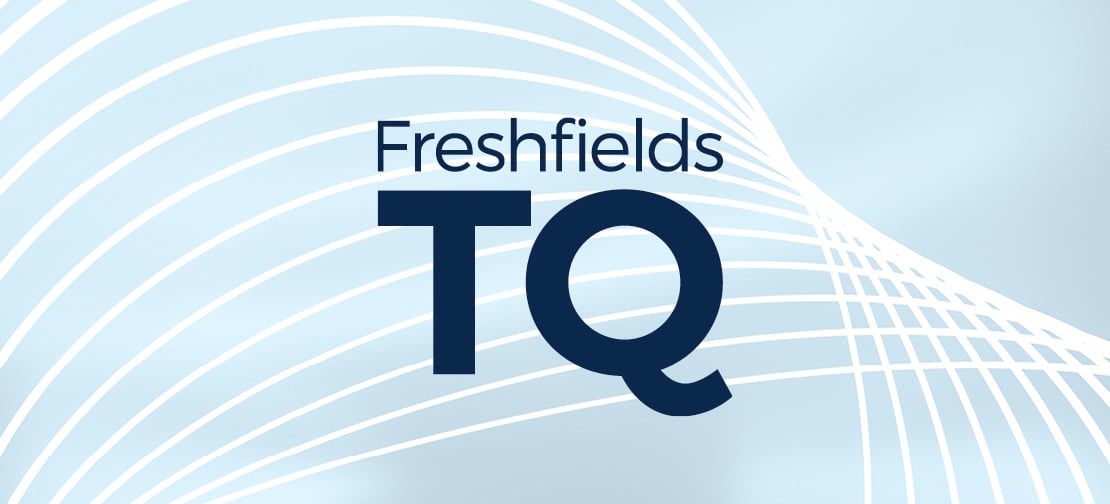
Sign up for the Freshfields TQ digest
Fintech
Distributed ledger technology (DLT) such as blockchain may at first sight appear inseparable from bitcoin. But DLT’s decentralised, open and cryptographic nature has been a key factor contributing to the rise of diverse new cryptoassets (or altcoins) in recent years.
The perceived reliability of the consensus mechanisms that underpin DLT and transfer of assets on DLT has led many users to put their trust in distributed ledgers – even if such ledgers, by definition, lack a central operator or authority.
With bitcoin and other cryptoassets attracting increased attention around the world, albeit less as a means of payment and more as an investment in their own right, financial institutions are exploring how they can support their clients in gaining exposure to cryptoassets as an emerging asset class.
But at the same time, these institutions are also experimenting with DLT as a tool to enhance their provision of traditional financial services, such as underwriting, trading, custody and settlement.
Some of the most transformational use cases for DLT lie in the field of payments. New payment instruments using DLT, such as stablecoins, are already changing domestic and cross-border payments.
The prospect of automating payments through self-executing ‘smart’ contracts is particularly exciting. Settlement coins may permit near-instantaneous ‘delivery-vs-payment’ mechanisms for securities that are issued on the same ledger.
Meanwhile, some central banks are exploring whether new central bank digital currencies (CBDCs) – ie digital forms of money representing a claim on the issuing central bank – could be built on DLT ‘rails’.
Ultimately, the use of DLT in the financial sector has many possibilities beyond virtual currencies and new payment methods. DLT solutions could transform all areas of financial services, from securities trading to insurance to asset management.
The use of DLT is not restricted to just the financial services sector. For example: